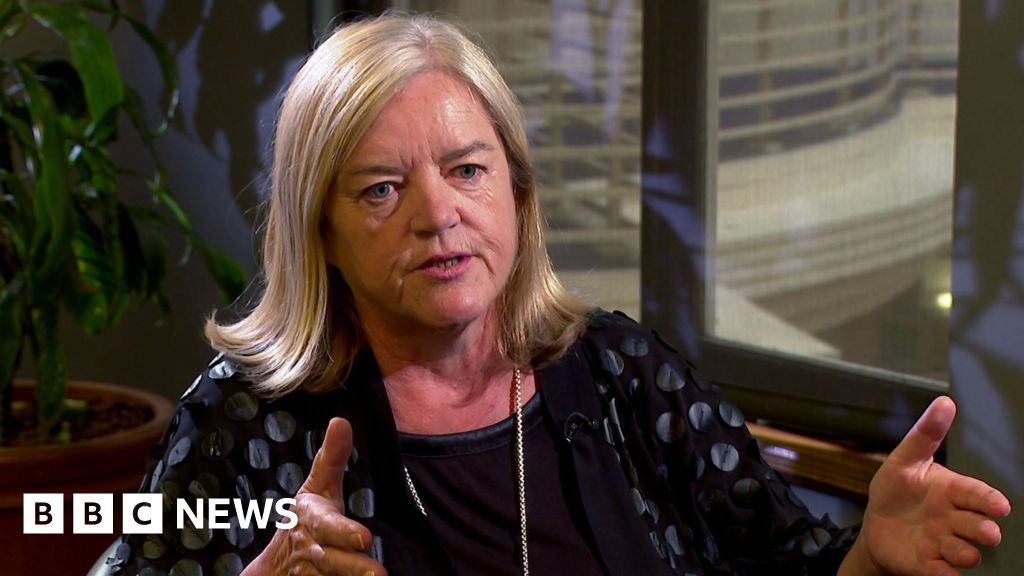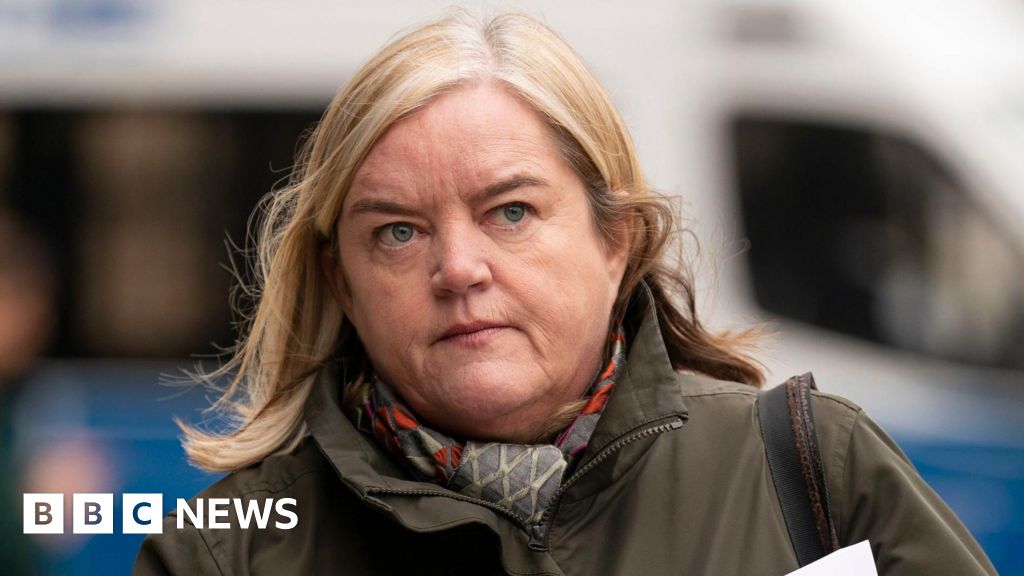ARTICLE AD BOX
By Callum May and Data Journalism Team
BBC News
 Image source, Getty Images
Image source, Getty Images
The population of England and Wales has risen to 59,597,300, results of the 2021 census show.
It grew by more than 3.5 million (6.3%) since the last census in 2011 and there are more people over 65 than ever.
When added to published census figures for Northern Ireland and official estimate of the Scottish population for 2020, the UK population now stands at 66,966,400.
The rise is one of the biggest since the census began in 1801.
And it shows the population rose in each of the English regions and Wales.
The census, carried out every 10 years by the Office for National Statistics (ONS), asks people to answer questions about themselves, their household and their home to build a detailed snapshot of society.
The results are intended to help organisations make decisions on planning and funding public services such as transport, education and healthcare.
The 2021 survey was carried out on 21 March last year, and came against the backdrop of Brexit - which has seen restrictions on immigration - and the coronavirus pandemic.
It is in the local detail where this census will have its biggest impact.
The population of each local authority dictates how much funding the council gets, so if the figure published on Tuesday is markedly below the population projection for that area, it could mean budget cuts.
The number of people in Kensington and Chelsea on census day was 10% lower than the figure at the previous census in 2011.
Westminster was down 7%. One theory is that some of the wealthier residents had gone to their second or third homes during the pandemic.
Among the places which saw the biggest increases were Tewkesbury and Vale of White Horse on the edge of the Cotswolds.
Ageing population
The figures show one sixth (18.6%, 11.1 million) of the population in 2021 are now over 65 - up from 16.4% (9.2 million) in 2011.
While 0.9% of the population, 527,900 people, are now aged 90 or over, in 2011 that figure was 429,017, or 0.8% of the population.
There were 10.4 million people aged 15 and under in 2021, the figures show, making up 17.4% of the population.
There are more people in this age group compared with 2011, but the proportion of the overall population aged 15 or under has decreased slightly from 17.6% since 2011.
Overall, the highest population growth was in the east of England, which gained approximately 488,000 people from 2011 - an increase of 8.3%.
Wales had the smallest population growth, of 1.4%, and the north-east of England increased by 1.9%.
Some large towns and cities have seen their populations fall, including Sunderland, Gateshead, Swansea and the London boroughs of Kensington and Chelsea, Camden and Westminster.
The place with the biggest increases was the east London borough of Tower Hamlets, where the population grew by 22.1%.
Bedford, Cambridge and Peterborough all saw big increases.
Your device may not support this visualisation
The census counted 30,420,100 women (51.0% of the overall population) and 29,177,200 men (49.0%) in England and Wales.
Population growth has slowed slightly across the last decade. Between 2001 and 2011 the figure for England and Wales grew by 7.8%.
The census has counted half a million fewer people than was projected.
Data from the 2021 census for England and Wales will be published in stages over the next two years, the ONS said.
Future releases will include figures on ethnicity, religion, the labour market, education and housing.
Also, for the first time, there will be information on UK armed forces veterans, sexual orientation and gender identity.

 2 years ago
105
2 years ago
105








 English (US) ·
English (US) ·